Majestic Mammals
Bengal Tiger
Majestic mammals hold a prominent place in Pakistan’s rich biodiversity, captivating hearts with their grandeur and vital role in the ecosystem. Among them, the Bengal tiger (Panthera tigris tigris) reigns supreme as a symbol of strength, power, and wilderness.
Native to the Indian subcontinent, including parts of Pakistan, the Bengal tiger is classified as “Endangered” by the International Union for Conservation of Nature (IUCN). Once widespread across the country, their numbers have dwindled due to habitat loss, poaching, and human-wildlife conflict.
These magnificent creatures are known for their iconic orange and black striped coats, which provide excellent camouflage in dense forests. Their muscular bodies, powerful limbs, and sharp claws make them formidable predators, capable of taking down large prey such as deer, wild boar, and buffalo.
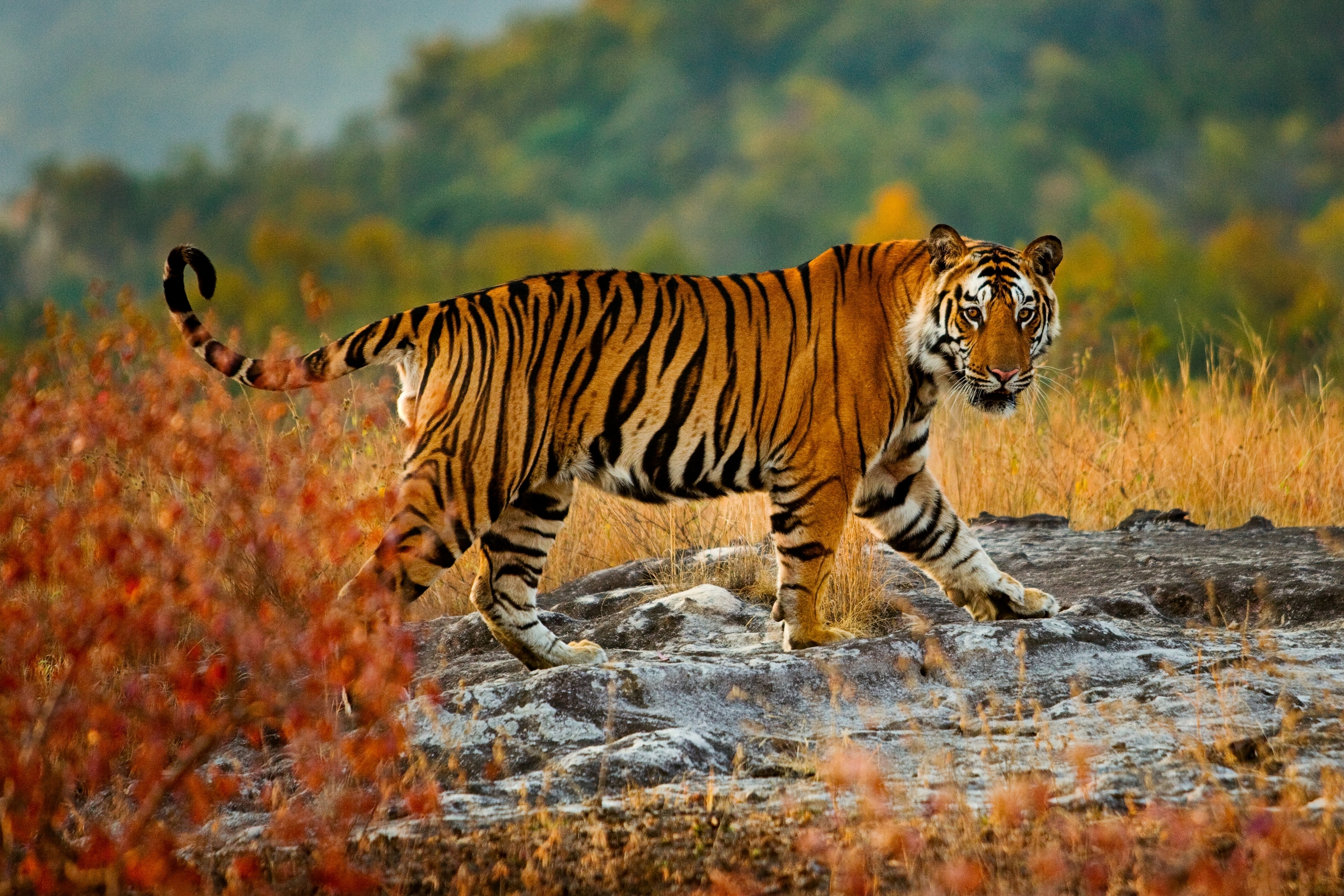
Bengal tigers are solitary animals, except during mating season or when mothers raise their cubs. They possess exceptional senses, including keen eyesight, hearing, and smell, which aid in hunting and territorial defense. Their roars, often heard echoing through the night, can travel up to three kilometers, serving as a warning to rivals and asserting their dominance.
Pakistan is home to several protected areas that harbor Bengal tiger populations, such as the Kehrah Wildlife Sanctuary and the Lal Suhanra National Park. Conservation efforts are crucial for ensuring the survival of these magnificent animals in Pakistan. Initiatives include habitat restoration, anti-poaching patrols, community engagement, and promoting sustainable livelihoods.
The Bengal tiger’s presence in Pakistan is a testament to the country’s diverse wildlife heritage. Protecting this iconic species is not only vital for maintaining ecological balance but also for preserving Pakistan’s natural wonders for future generations.
Asian Black Bear
Majestic mammals roam the diverse landscapes of Pakistan, showcasing the country’s rich biodiversity. Among these magnificent creatures is the Asian black bear (Ursus thibetanus), a creature both captivating and adaptable.
Found throughout Pakistan’s forests, mountains, and even foothills, the Asian black bear is a solitary animal by nature, venturing out alone to forage for food. Its diet is omnivorous, consisting of fruits, berries, nuts, insects, fish, and occasionally small mammals or carrion. This adaptability allows them to thrive in a variety of habitats.
Recognizable by its distinctive black fur (occasionally with a white patch on the chest), short tail, and rounded ears, the Asian black bear is a powerful climber, often scaling trees with remarkable agility. This arboreal skill proves beneficial when seeking shelter from predators or escaping human encounters.
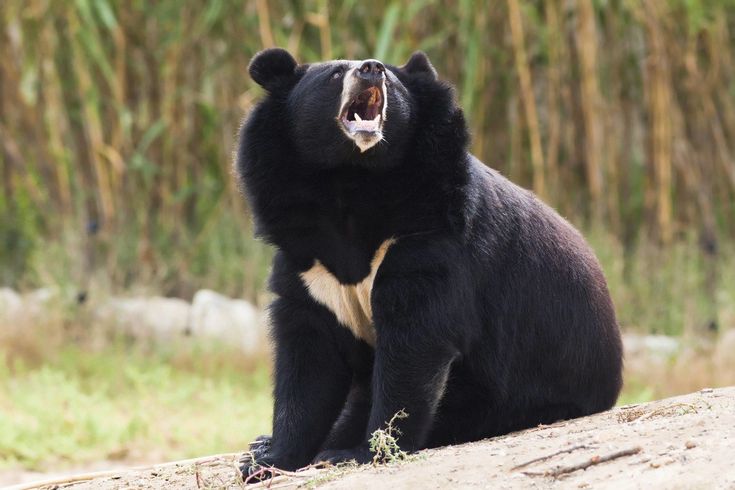
Despite their generally solitary nature, Asian black bears are known to engage in vocalizations like growls and huffs to communicate with each other, especially during mating season. They also possess a keen sense of smell, allowing them to locate food sources even from a distance.
Though not typically aggressive towards humans, encounters should be avoided. Their strength and sharp claws make them formidable opponents if provoked or threatened. Conservation efforts are crucial for protecting these majestic creatures as they face habitat loss, poaching, and human-wildlife conflict. Understanding their behavior and respecting their space is essential for coexisting peacefully with these remarkable mammals.
Himalayan Brown Bear
Majestic mammals roam Pakistan’s diverse landscapes, from snow-capped mountains to lush forests and arid plains. Among these magnificent creatures is the Himalayan brown bear (Ursus arctos isabellinus), a subspecies of brown bear found in the high altitudes of northern Pakistan.
The Himalayan brown bear stands as a testament to resilience and adaptation, thriving in a harsh environment characterized by long winters and limited food availability. Its shaggy, reddish-brown fur provides insulation against the frigid temperatures, while its powerful limbs and sharp claws enable it to navigate steep slopes and dig for roots and insects.
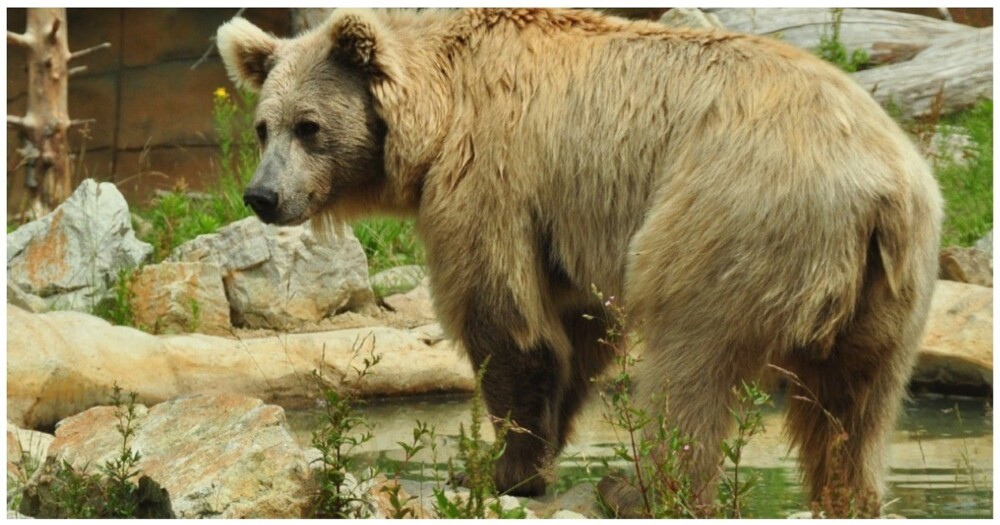
These solitary bears are primarily active at dusk and dawn, foraging for a diverse diet that includes berries, fruits, nuts, honey, carrion, and occasionally small mammals. Their keen sense of smell guides them to hidden food sources, making them adept hunters and scavengers.
Himalayan brown bears play a crucial role in their ecosystem, dispersing seeds through their foraging activities and helping to regulate populations of prey species. Despite their formidable size and strength, they are generally shy and avoid human contact whenever possible.
Sadly, habitat loss and poaching pose significant threats to the survival of Himalayan brown bears. The expansion of human settlements into bear habitat fragments their territories, while hunting for fur and body parts drives a decline in their numbers. Conservation efforts, including habitat protection and anti-poaching patrols, are essential to ensuring the long-term survival of these magnificent creatures.
Feathered Wonders
Indian Peafowl
Indian Peafowl, scientifically known as Pavo cristatus, are a truly magnificent sight to behold. These birds are native to the Indian subcontinent and are recognized by their striking iridescent plumage and elaborate courtship displays.
Males, often called peacocks, possess an array of shimmering feathers that form a mesmerizing “train.” This train is comprised of elongated upper tail covert feathers adorned with intricate eyespots. These eyespots serve as visual cues during courtship rituals, attracting females with their brilliance.
Females, known as peahens, are more subdued in coloration, sporting earthy brown and green plumage with a touch of iridescent sheen. While they may not possess the extravagant train of the males, they are nonetheless elegant birds.
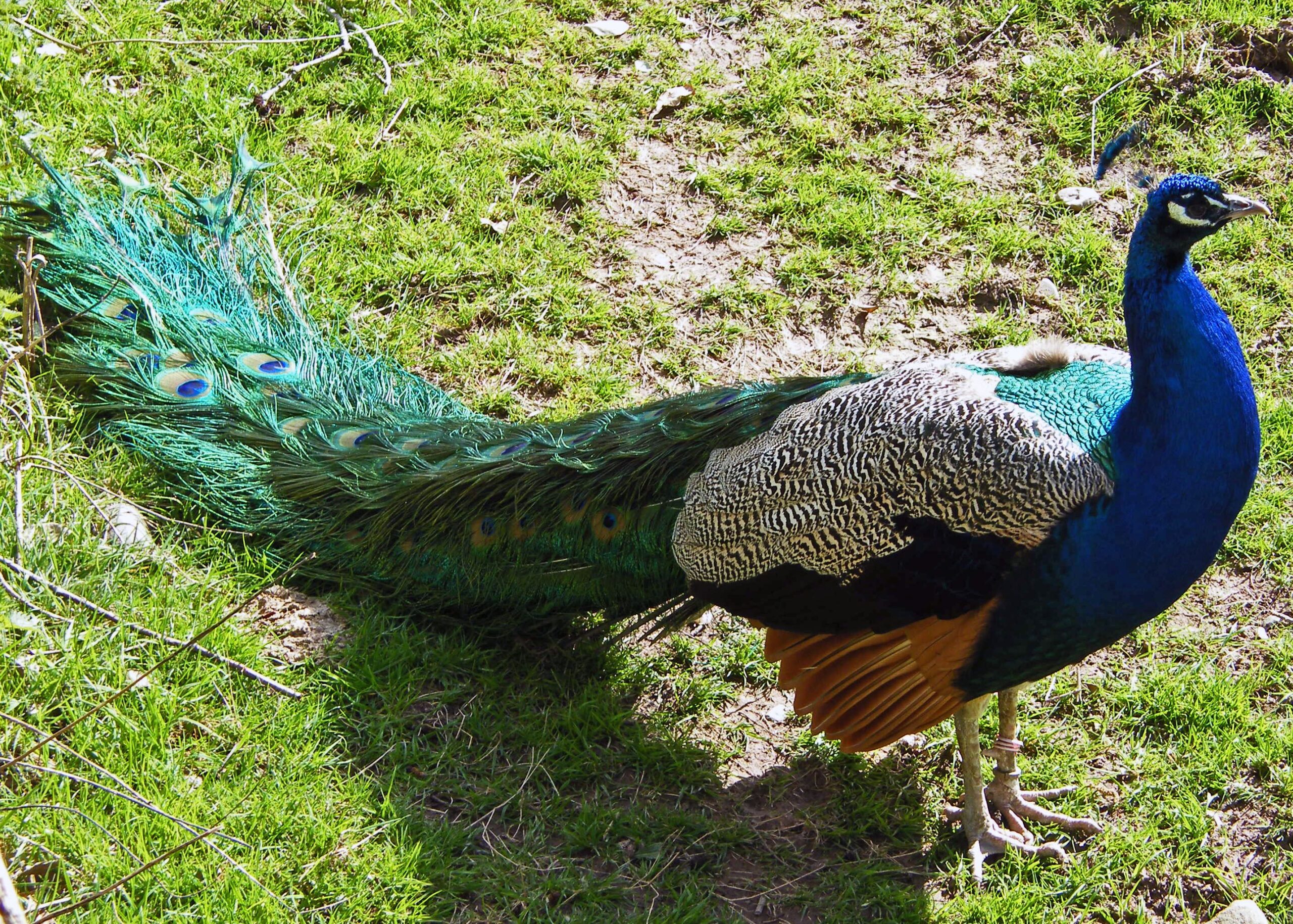
Indian Peafowl play a significant role in Pakistani culture and folklore. They are often associated with royalty, beauty, and fertility. Their presence adds vibrancy to landscapes, particularly within forests, scrublands, and cultivated areas.
These social creatures live in flocks that range in size from small groups to larger congregations, especially during the breeding season. Communication within these flocks is achieved through a variety of calls, ranging from gentle whistles to loud, piercing cries.
Indian Peafowl are omnivorous and their diet consists of seeds, fruits, insects, and small reptiles. They contribute to seed dispersal and help control insect populations in their habitat.
Unfortunately, habitat loss and hunting pose threats to the Indian Peafowl population. However, conservation efforts are underway to protect these magnificent creatures and ensure their continued existence in Pakistan and beyond.
Chukar Partridge
Pakistan boasts a rich and diverse array of wildlife, ranging from majestic snow leopards to tiny pygmy jerboas. Among these feathered wonders is the chukar partridge (Alectoris chukar), a captivating gamebird known for its resilience and distinctive appearance.
The chukar partridge is a robust bird with striking features that make it easily recognizable. Its upper body is adorned with a warm brown plumage speckled with black, providing excellent camouflage against the rugged terrain of its habitat. A bold black band encircles its neck, contrasting sharply with the reddish-brown breast.
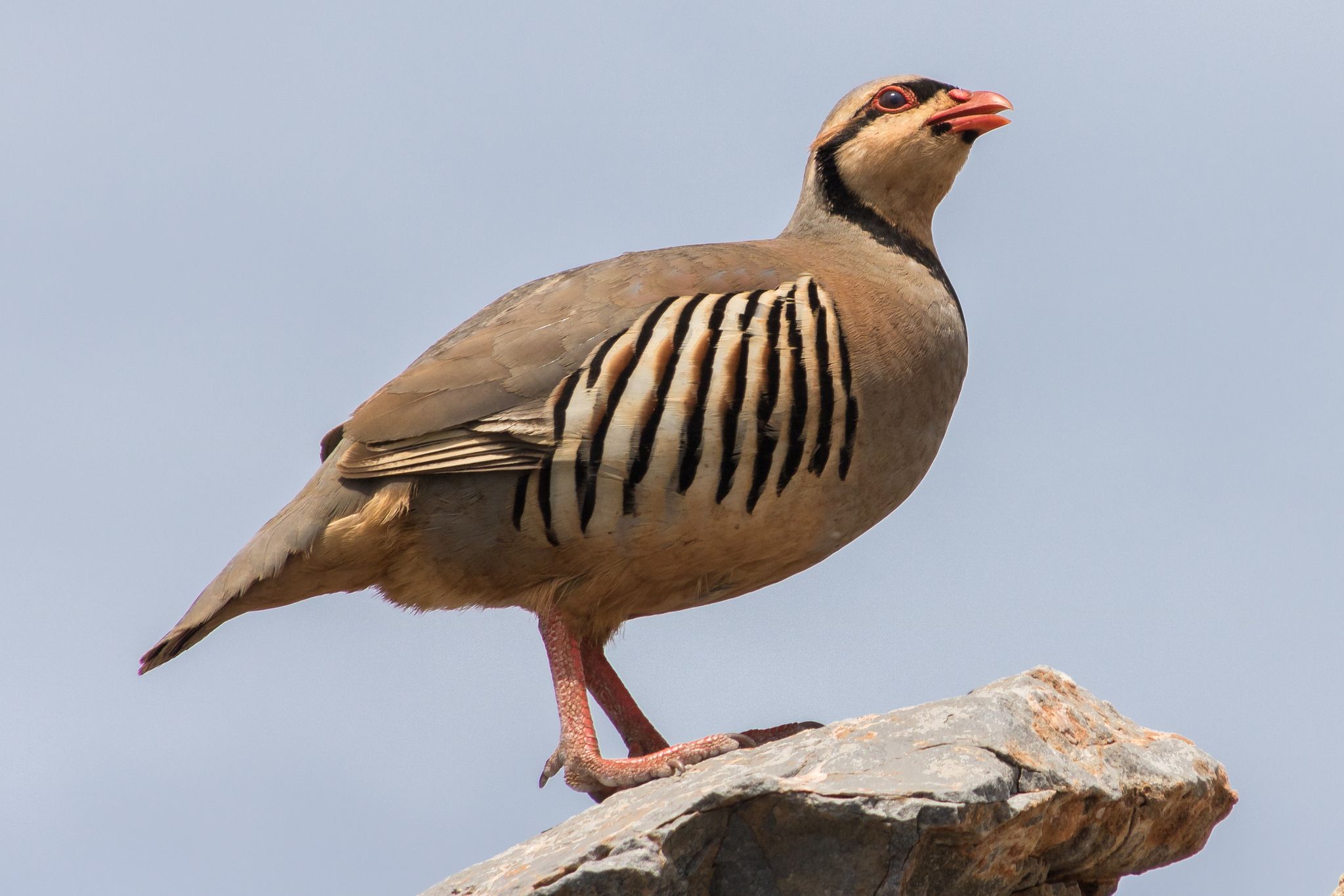
Distinguished by its strong legs and pointed tail, the chukar partridge is perfectly adapted to navigating steep slopes and rocky outcrops. This remarkable bird has a powerful flight, capable of soaring through the air with ease. Its melodious calls, often heard echoing across valleys, are a testament to its vibrancy.
Found in various habitats across Pakistan, including arid mountains, scrublands, and foothills, the chukar partridge thrives in diverse environments. These adaptable birds feed on seeds, grains, insects, and other invertebrates, playing an important role in the ecosystem.
Renowned as a gamebird, chukar partridges are sought after by hunters for their challenging sport and delicious meat. However, it is essential to practice sustainable hunting methods to ensure the long-term conservation of this valuable species.
The chukar partridge is an enduring symbol of Pakistan’s rich biodiversity, a testament to the country’s remarkable natural heritage. Its resilience, adaptability, and captivating beauty make it a true feathered wonder.
House Crow
- House Crows (Corvus splendens), often dubbed “Feathered Wonders,” are ubiquitous and adaptable creatures that have made Pakistan their home.
- These intelligent birds, known for their iridescent black plumage and bold personalities, can be found in almost every habitat across the country, from bustling urban centers to rural landscapes.
- Their remarkable adaptability stems from their omnivorous diet and their ability to thrive in human-dominated environments.
- House Crows are highly social animals, often congregating in large flocks that engage in complex vocalizations and intricate displays of aerial acrobatics.
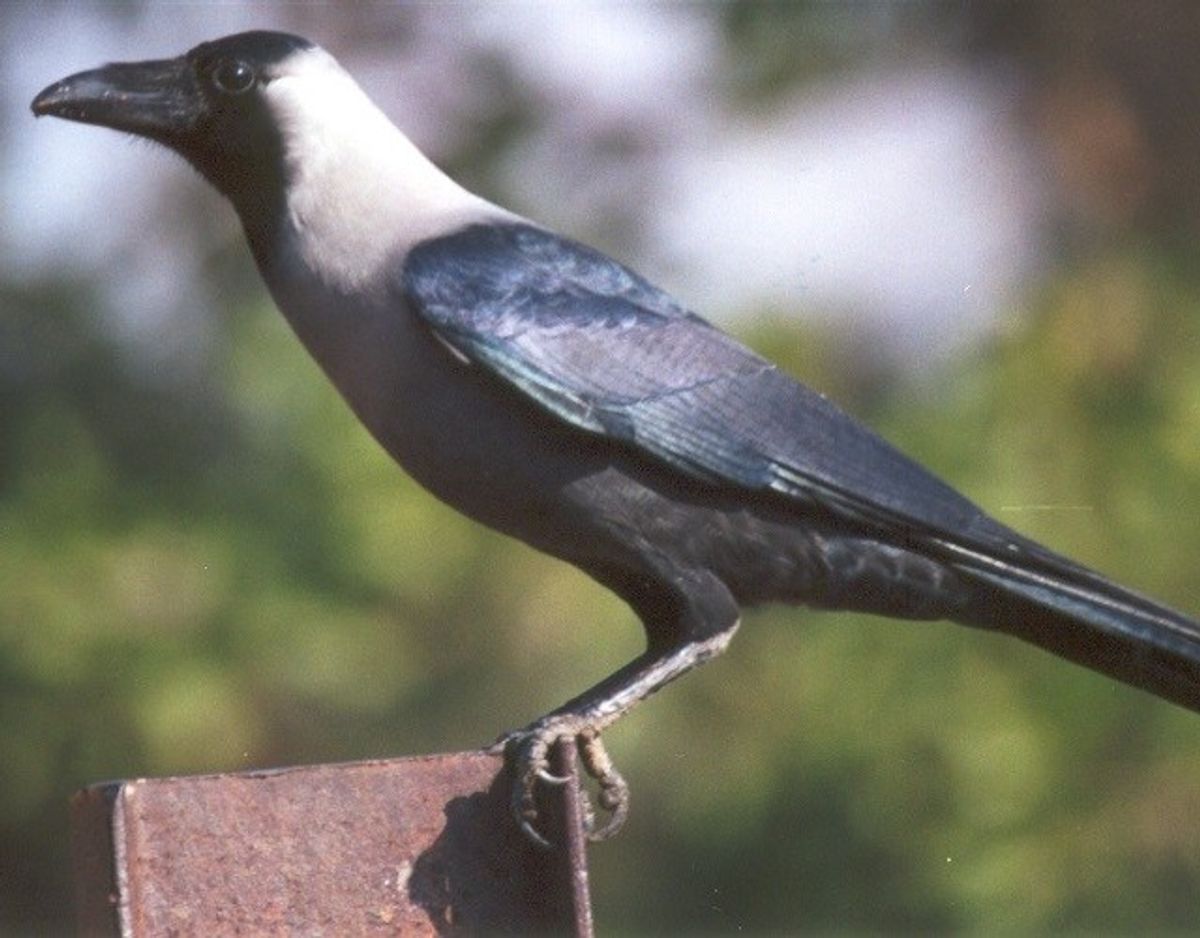
- They are opportunistic feeders, scavenging for food scraps, insects, and small vertebrates.
- Their intelligence is evident in their problem-solving skills, as they have been observed using tools to access food and even mimicking human sounds.
- While some may view them as pests due to their boldness around humans, House Crows play a crucial role in the ecosystem by controlling insect populations and dispersing seeds.
- Their presence is a testament to the remarkable resilience of wildlife in Pakistan, where they continue to thrive amidst the challenges of urbanization and habitat loss.
Reptiles & Amphibians
Pakistan Toad
Pakistan boasts a remarkable diversity of life, including a wide range of reptiles and amphibians that inhabit its diverse ecosystems.
Reptiles, characterized by their cold-blooded nature, scaly skin, and ability to lay eggs on land, are found in various habitats across Pakistan, from deserts to forests.
Some notable species include the Indian Cobra (Naja naja), a venomous snake known for its hood; the Monitor Lizard, a large lizard with a long, powerful tail; and the Spiny-tailed Lizard, recognizable by its spiky scales.
Amphibians, on the other hand, are cold-blooded animals with smooth, moist skin that require water for breeding. They play a crucial role in maintaining healthy ecosystems by controlling insect populations.
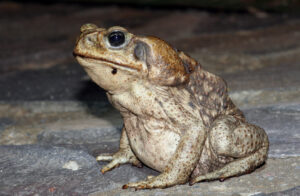
Among Pakistan’s amphibians is the Pakistan Toad (Bufo pakistanicus), a small, brown toad found in the northwestern region of the country.
The Pakistan Toad is an important indicator species for the health of its environment. Its presence or absence can provide valuable insights into water quality and habitat conditions.
Habitat loss and degradation pose a significant threat to both reptiles and amphibians in Pakistan, as they are highly sensitive to environmental changes.
Kachua (River Turtle)
Reptiles and amphibians are cold-blooded vertebrates that inhabit diverse environments across the globe, including Pakistan.
Reptiles
- Characterized by scales, dry skin, and breathing air with lungs.
- Lay eggs on land.
- Examples include snakes, lizards, turtles, and crocodiles.
Amphibians
- Possess moist skin that allows for respiration.
- Begin life in water with gills and undergo metamorphosis to develop lungs.
- Examples include frogs, toads, and salamanders.
Kachua (River Turtle)
- A common species of freshwater turtle found in Pakistan.
- Has a distinctive shell with a high dome and serrated edges.
- Feeds on insects, fish, and plant matter.
- Plays an important role in maintaining the balance of aquatic ecosystems.
- Faces threats from habitat loss, pollution, and illegal trade.
Common Monitor Lizard
Reptiles and amphibians are cold-blooded vertebrates that play vital roles in their ecosystems. Reptiles, characterized by scales and lay hard-shelled eggs, include lizards, snakes, turtles, and crocodiles. Amphibians, on the other hand, possess smooth skin and typically undergo metamorphosis from aquatic larvae to terrestrial adults. They encompass frogs, toads, salamanders, and caecilians.
Pakistan is home to a diverse range of reptile and amphibian species, many facing threats due to habitat loss, pollution, and climate change.
One such fascinating reptile found in Pakistan is the Common Monitor Lizard (Varanus bengalensis).
- Distribution and Habitat: The Common Monitor Lizard is widely distributed across South Asia, including Pakistan. They inhabit a variety of habitats, from forests and grasslands to urban areas.
- Physical Characteristics: These lizards are robustly built with long, powerful tails and strong legs. Their bodies are covered in smooth scales, ranging in color from brown to gray or greenish-brown, providing effective camouflage. They possess sharp claws and a forked tongue used for scent detection.
- Diet and Feeding Habits: Common Monitor Lizards are opportunistic carnivores with a diet consisting of rodents, birds, lizards, eggs, insects, and carrion. Their powerful jaws and strong teeth allow them to subdue and consume prey larger than themselves.
- Behavior and Reproduction: These solitary reptiles are primarily active during the day. They are skilled climbers and excellent swimmers. Breeding season typically occurs in the spring or summer. Females lay clutches of 10-30 eggs in burrows or nests.
- 10 Fascinating Facts About Caribbean Culture - September 30, 2024
- 10 Countries Without Universal Healthcare - September 30, 2024
- 10 Examples Of Genetic Hybrids - September 30, 2024




